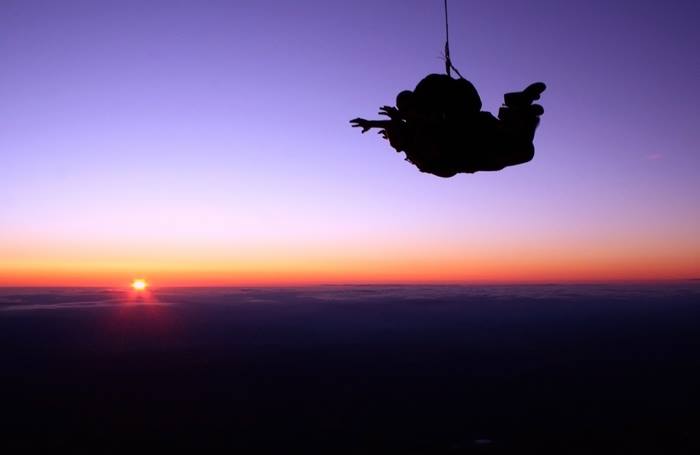.
Culture of the ABC Islands
The “ABC” Islands is a nickname for
the trio of islands that are located just off the Venezuelan coastline. Their
actual names are Aruba, Bonaire, and Curacao. Most people are familiar with the
name Aruba but probably not the other two. The ABC islands are currently part
of the Netherlands. Aruba and Curacao are there own self- governing countries
under the Netherlands umbrella, while Bonaire is a direct municipality of the
Netherlands.
Aruba is an incredibly diverse country with a population of 112,000. Even though it is small, it has residents from over 90 different nationalities! In most countries around the world soccer is the main sport, however, in Aruba baseball is the number one sport. There have even been several prominent players that made it into the Major Leagues in the United States. Aruba is also consistently ranked as having the most days filled with sunshine, which is a big award considering the beautiful weather throughout the entire Caribbean. The food in Aruba has a very heavy Indonesian influence due to both countries being adopted by the Netherlands. English is spoken by most Aruban’s, however, the island’s native language is Papiamento, which is a combination of French, English, Spanish, Dutch, and African dialects.
The culture of Bonaire is rooted in holiday and religious celebrations. The traditions that shape the lives of the 19,000 residents of Bonaire go back many generations. Most of them are told through song and dance during their festivals and holidays. The “close-knit” culture on the island comes from strong family ties and understanding that the nature around them is deserving of respect. The year is separated by festivals, at the beginning of January is a festival named Maskarada. From the end of February to the end of April is the Spring harvest festival named Simadan. The Summer months celebrate Dia di San Juan and Dia di San Pedro, which is celebrated with music and fire dancing. The last festival of the year, which runs from the end of October to the end of December, is called Bari
Aruba is an incredibly diverse country with a population of 112,000. Even though it is small, it has residents from over 90 different nationalities! In most countries around the world soccer is the main sport, however, in Aruba baseball is the number one sport. There have even been several prominent players that made it into the Major Leagues in the United States. Aruba is also consistently ranked as having the most days filled with sunshine, which is a big award considering the beautiful weather throughout the entire Caribbean. The food in Aruba has a very heavy Indonesian influence due to both countries being adopted by the Netherlands. English is spoken by most Aruban’s, however, the island’s native language is Papiamento, which is a combination of French, English, Spanish, Dutch, and African dialects.
The culture of Bonaire is rooted in holiday and religious celebrations. The traditions that shape the lives of the 19,000 residents of Bonaire go back many generations. Most of them are told through song and dance during their festivals and holidays. The “close-knit” culture on the island comes from strong family ties and understanding that the nature around them is deserving of respect. The year is separated by festivals, at the beginning of January is a festival named Maskarada. From the end of February to the end of April is the Spring harvest festival named Simadan. The Summer months celebrate Dia di San Juan and Dia di San Pedro, which is celebrated with music and fire dancing. The last festival of the year, which runs from the end of October to the end of December, is called Bari
The last and biggest island of the
ABC’s is Curacao, spelled “Kursow” by the 130,000 natives. The island of
Curacao has very heavy influence from its African past, it is also very “Caribbean”
in its culture. Curacao’s society shows off its African roots through language,
dance, and music. Tambu is a style of music and dance that was carried to the
island by slaves and passed down through generations. Along with the African
dances, the natives have also adapted European styles of dance and incorporated
the quadrille, waltzes, and polkas into their culture as well. In total, there
are over 42 different ethnic groups in Curacao making it one very large and
beautiful tropical culture.


